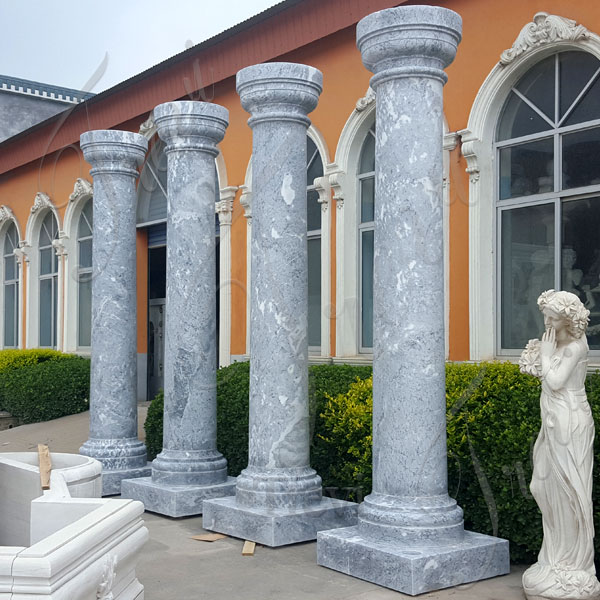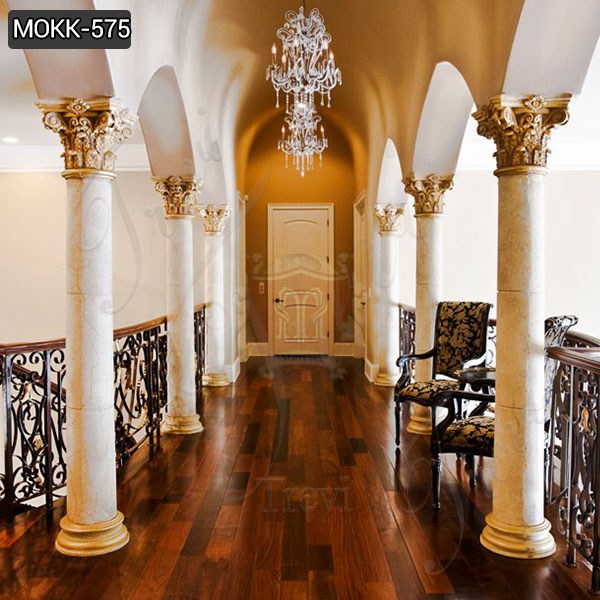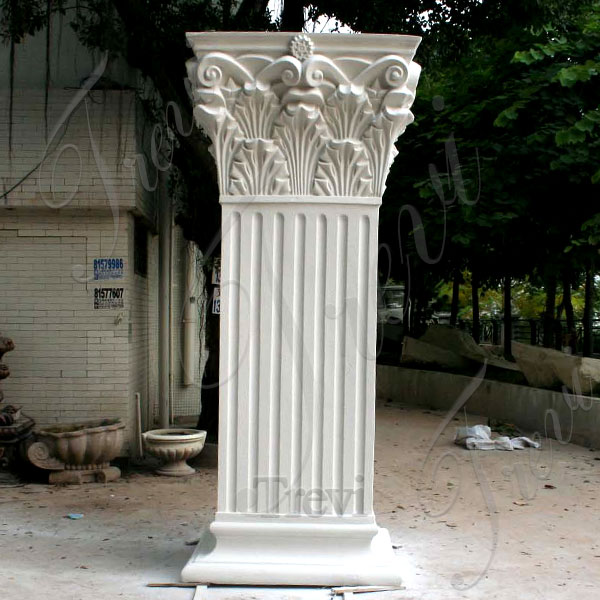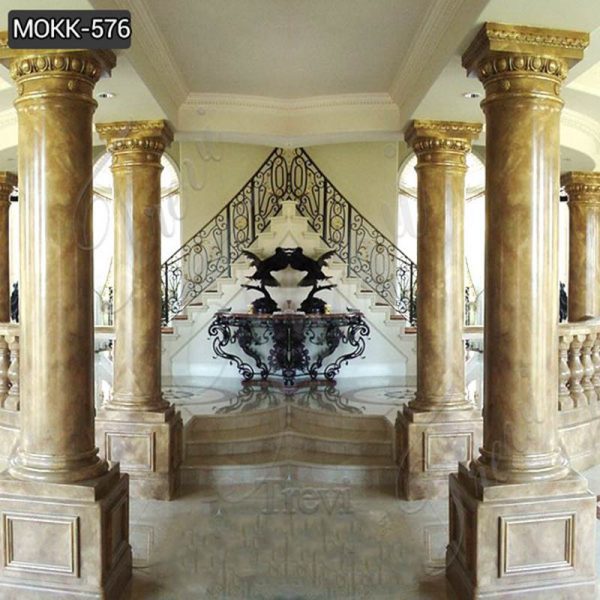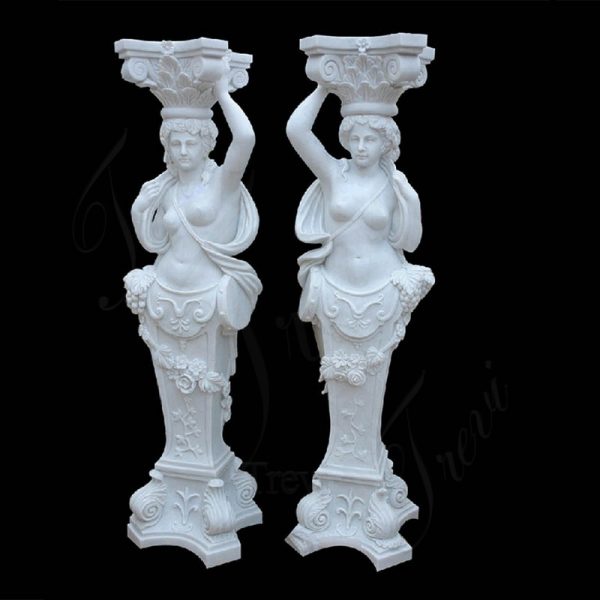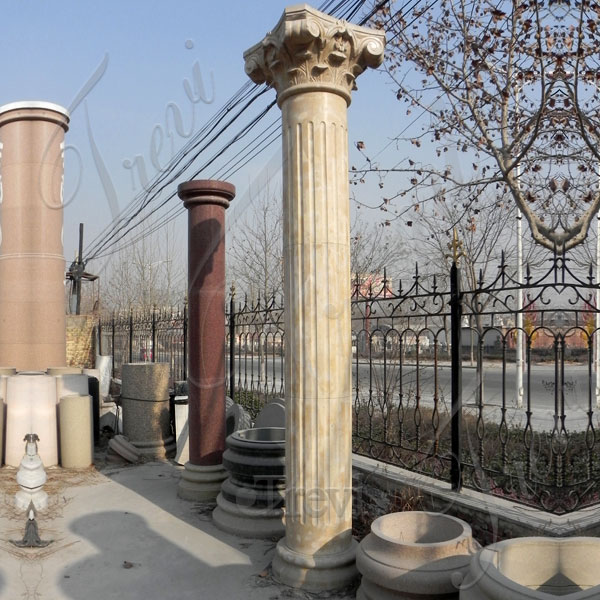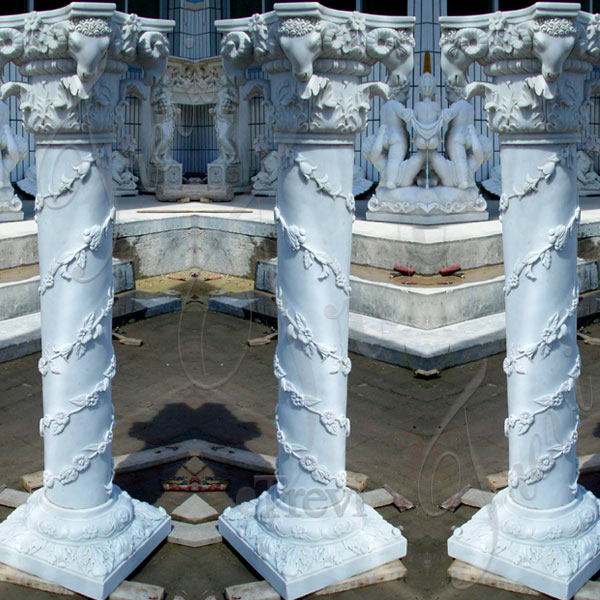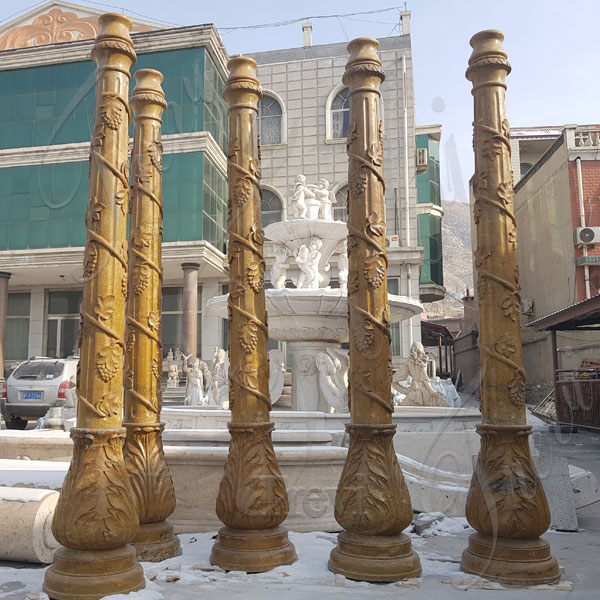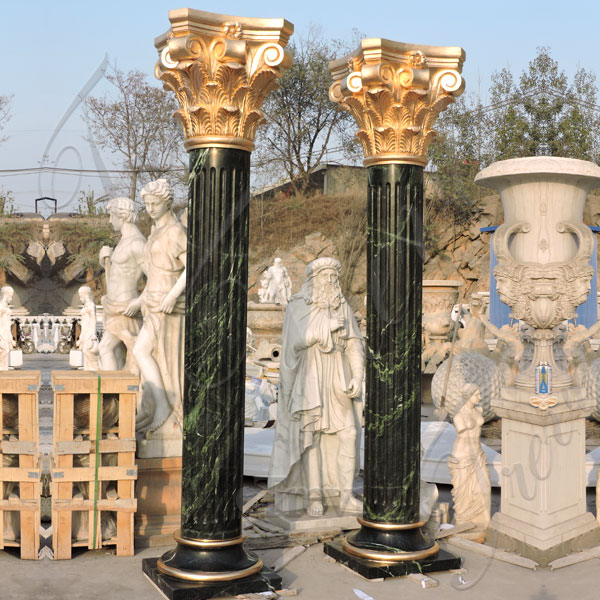large romanesque columns entrance support travertine columns designs
Romanesque Architecture: Characteristics, Examples & History …
Some common Romanesque exterior decorations include sculptural decoration (especially around the main entrance and on columns), the addition of towers (both on the eastern and western end of the …
Pillars, Columns And Entrances – Glassfibre Solutions
There are now two designs of Grecian Column to choose from, “fluted” and “non fluted” The strength can be greatly enhanced by filling with a dry mix concrete
Romanesque, Gothic, Renaissance and French Period … – Quizlet
symmetrical design used as border. vegetative design followed a stem to create a long narrow design. florentine table small table with pedestal support designed to be seen from all sides.
Architectural Terms Flashcards | Quizlet
The term column applies especially to a large round support (the shaft of the column) with a capital and a base or pedestal and appearing to be made of stone Roman Rusticated Masonry An architectural feature that contrasts in texture with the smoothly finished, squared-block masonry surfaces called ashlar.
Porch Columns Design Options for Curb Appeal and More
Porch columns or porch posts can be of any design as long as they meet structural requirements to support your porch roof. Photo courtesy of Rowland Williams of Newburyport MA Porch columns can also be made from some unique and unusual materials as well as shown below.
Norman architecture thick walls, round arches, sturdy piers …
The south transept of Winchester Cathedral is in 3 stages.In Germany, Romanesque churches are often of distinctive form, having apses at both east and west ends, the main entrance being central to one side.
Romanesque architecture – Wikipedia
A common characteristic of Romanesque buildings, occurring both in churches and in the arcades that separate large interior spaces of castles, is the alternation of piers and columns. The most simple form that this takes is to have a column between each adjoining pier.
Glossary of Architectural Terms — Adrian Architecture
A column is a supporting pillar consisting of a base, a cylindrical shaft, and a capital, which is the head or top of a column. Columns have played a prominent roll in a number of American architectural styles since the late eighteenth century.
Architectural Fiberglass Columns | Worthington Millwork
Round Tapered Fiberglass Columns. WorthingtonCast™ fiberglass columns have an easy installation and will last a lifetime! These fiberglass porch columns, additionally known as cast columns, are our preferred and best-selling architectural column.
Roman architecture (article) | Ancient Rome | Khan Academy
Roman architecture differed fundamentally from this tradition because of the discovery, experimentation and exploitation of concrete, arches and vaulting (a good example of this is the Pantheon, c. 125 C.E.).
Romanesque Architecture | Boundless Art History
A common characteristic of Romanesque buildings, found in both churches and in the arcades that separate large interior spaces of castles, is the alternation of piers and columns. The most simple form is a column between each adjoining pier.
Romanesque architecture – SlideShare
Columns Salvaged columns Drum columns Hollow core columns Capitals Alternation 26. In Italy, during this period, a great number of antique Roman columns were salvaged and reused in the interiors and on the porticos of churches. The most durable of these columns are of marble and have the stone horizontally bedded.
Romanesque Architecture: Characteristics, History, Buildings:
Columns were either drum columns (if small) or hollow core (if large). Piers were typically built out of masonry and were either square or rectangular. Capitals on columns were usually of the foliate Corinthian style.
Introduction to Romanesque Architecture – SlideShare
Columns Columns are an important structural feature of Romanesque architecture. Monolithic columns cut from a single piece of stone were frequently used in Italy, as they had been in Roman and Early Christian architecture.
Porch Columns | Better Homes & Gardens
Romanesque columns are often squat and square with large bases and organic decorative elements on their tops. These are sometimes seen in classic Arts and Crafts style homes in a simplified profile. These are sometimes seen in classic Arts and Crafts style homes in a simplified profile.
List of regional characteristics of Romanesque churches …
Romanesque art is the architecture of Europe which emerged in the late 10th century and evolved into the Gothic style during the 12th century. The Romanesque style in England is more traditionally referred to as Norman architecture.
Romanesque | History of Design through the 18th Century
CONCEPTS Romanesque Architecture springs up all over Europe as builders grapple with the problems of providing larger, structurally stable churches to accommodate crowds of pilgrims and worshippers, good light and acoustics, and fire resistance.
Glossary of Architectural Terms — Adrian Architecture
A column is a supporting pillar consisting of a base, a cylindrical shaft, and a capital, which is the head or top of a column. Columns have played a prominent roll in a number of American architectural styles since the late eighteenth century.
ARH 314 and 315 Terminology – Digital Scholarship Center
A massive vertical support often rectangular in plan and therefore differing from a column, sometimes having its own capital and base. When combined with pilasters, columns, or shafts, it is called a compound pier.
Foam Design Center – COLUMNS
Throughout the history of architecture, architectural columns have created a vital element in building design. From the Classic Orders of Architecture, FDC™ Column Selection is proud to offer architectural decorative columns in a variety of materials and styles.
Romanesque | History of Design through the 18th Century
CONCEPTS Romanesque Architecture springs up all over Europe as builders grapple with the problems of providing larger, structurally stable churches to accommodate crowds of pilgrims and worshippers, good light and acoustics, and fire resistance.
Introduction to Romanesque Architecture – SlideShare
Columns Columns are an important structural feature of Romanesque architecture. Monolithic columns cut from a single piece of stone were frequently used in Italy, as they had been in Roman and Early Christian architecture.
Romanesque Architecture | Boundless Art History
A common characteristic of Romanesque buildings, found in both churches and in the arcades that separate large interior spaces of castles, is the alternation of piers and columns. The most simple form is a column between each adjoining pier.
Romanesque Architecture: Characteristics, History, Buildings:
Columns were either drum columns (if small) or hollow core (if large). Piers were typically built out of masonry and were either square or rectangular. Capitals on columns were usually of the foliate Corinthian style.
Romanesque Architecture | Castle | Architectural Design
elaborate bronze doors & bronze pilasters .elaborate wheel windows w/c is made of sheets of pierced marble .ROMANESQUE ARCHITECTURE: South Italy EXAMPLES CATHEDRALS Facade: .richer in design and color .greater variety in columns & capitals .
Michigan Architecture: October 2006 – micharch.blogspot.com
Two large Ionic columns stand above the main entrance. The building is beautifully decorated, both inside and out. The rotunda features a coffered ceiling covered in gilded plaster rosettes; travertine Doric columns flank the graceful staircase.
ARH 314 and 315 Terminology – Digital Scholarship Center
A massive vertical support often rectangular in plan and therefore differing from a column, sometimes having its own capital and base. When combined with pilasters, columns, or shafts, it is called a compound pier.
Glossary of Architectural Terms – Paul Bunyan
A large pillar used to support a roof. pilaster n. a shallow rectangular feature projecting from a wall, having a capital and base and usually imitating the form of a column.
Foam Design Center – COLUMNS
Throughout the history of architecture, architectural columns have created a vital element in building design. From the Classic Orders of Architecture, FDC™ Column Selection is proud to offer architectural decorative columns in a variety of materials and styles.
Porch Columns | Better Homes & Gardens
Romanesque columns are often squat and square with large bases and organic decorative elements on their tops. These are sometimes seen in classic Arts and Crafts style homes in a simplified profile. These are sometimes seen in classic Arts and Crafts style homes in a simplified profile.

